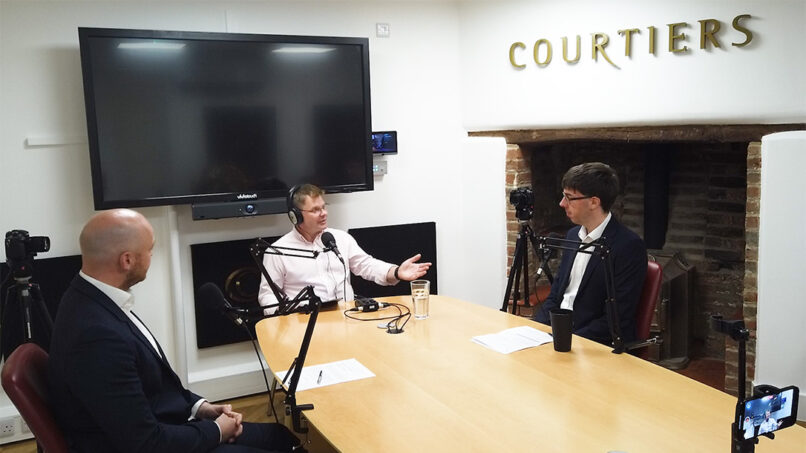Markets “wobbled” at the start of August over fears that the Federal Reserve had left it ‘too late’ to start lowering interest rates, possibly sending the US into a recession.
The S&P 500 index, which measures the performance of the largest US stocks, lost more than 6% in the first three days of the month, including its biggest one day fall since November 2022. The VIX index, which tracks the implied volatility in the US stock market, jumped to its highest level since late 2020. However, the panic proved to be short-lived, as fears subsided and the US market fully recovered within two weeks.
There were even larger swings in the Japanese equity market, as the global downturn coincided with interest rate hikes from Japan’s central bank and big swings in the yen. The Nikkei 225 index, which tracks Japanese stocks, plunged more than 12% on 5th August – its biggest daily drop since 1987 – before bouncing back more than 10% the following day.
Meanwhile in the UK, the Bank of England lowered its base interest rate for the first time since the emergency set of cuts instigated during the outbreak of the Covid-19 pandemic. Having resided at a 15-year high of 5.25% for the last twelve months, the rate was lowered to 5%, with more cuts expected to take place in the coming months.
Full round-up of August market performance
In the UK, the FTSE 100 index gained 0.87% while medium and smaller companies, measured by the FTSE 250 ex IT index and the FTSE Small Cap ex IT index respectively, returned -1.66% and 0.74% respectively. In the US, the S&P 500 USD index rose 2.43% while in Europe the Eurostoxx 50 EUR index picked up +1.80%. Japanese stocks measured by the Topix JPY index declined 2.90%.
Emerging markets returns were mixed, with the MSCI Emerging Markets index gaining 0.44% in local currency terms. Latin American equities, measured by the MSCI Latin America local currency index, amassed 4.18% while Indian stocks measured by the Nifty 50 INR index rose 1.14%. Chinese stocks measured by the MSCI China CNY index increased 0.58%.
In the fixed income market, UK government bonds, measured by the FTSE Gilts All Stocks index, grew 0.52% with long-dated (over 15 years to maturity) gilts climbing 0.80%. Sterling denominated corporate bonds, measured by the Markit iBoxx Sterling Corporates index, gained 0.29%. In the high yield market, the ICE Bank of America Sterling High Yield index delivered 1.16%.
In the commodities market, the S&P GSCI USD index, which consists of a basket of commodities including oil, metals and agricultural items, lost 1.72%. Brent crude oil futures sank 5.60% during the month. In the precious metals markets, the S&P GSCI Gold and Silver indices returned 2.64% and -0.29% in USD respectively, while in the agricultural markets corn and wheat futures returned -1.24% and 1.04% in USD respectively.
In the currency markets, it was a mixed month for the pound as it appreciated 2.11% versus the US dollar and 0.06% against the euro but slipped 0.48% versus the Japanese yen.













